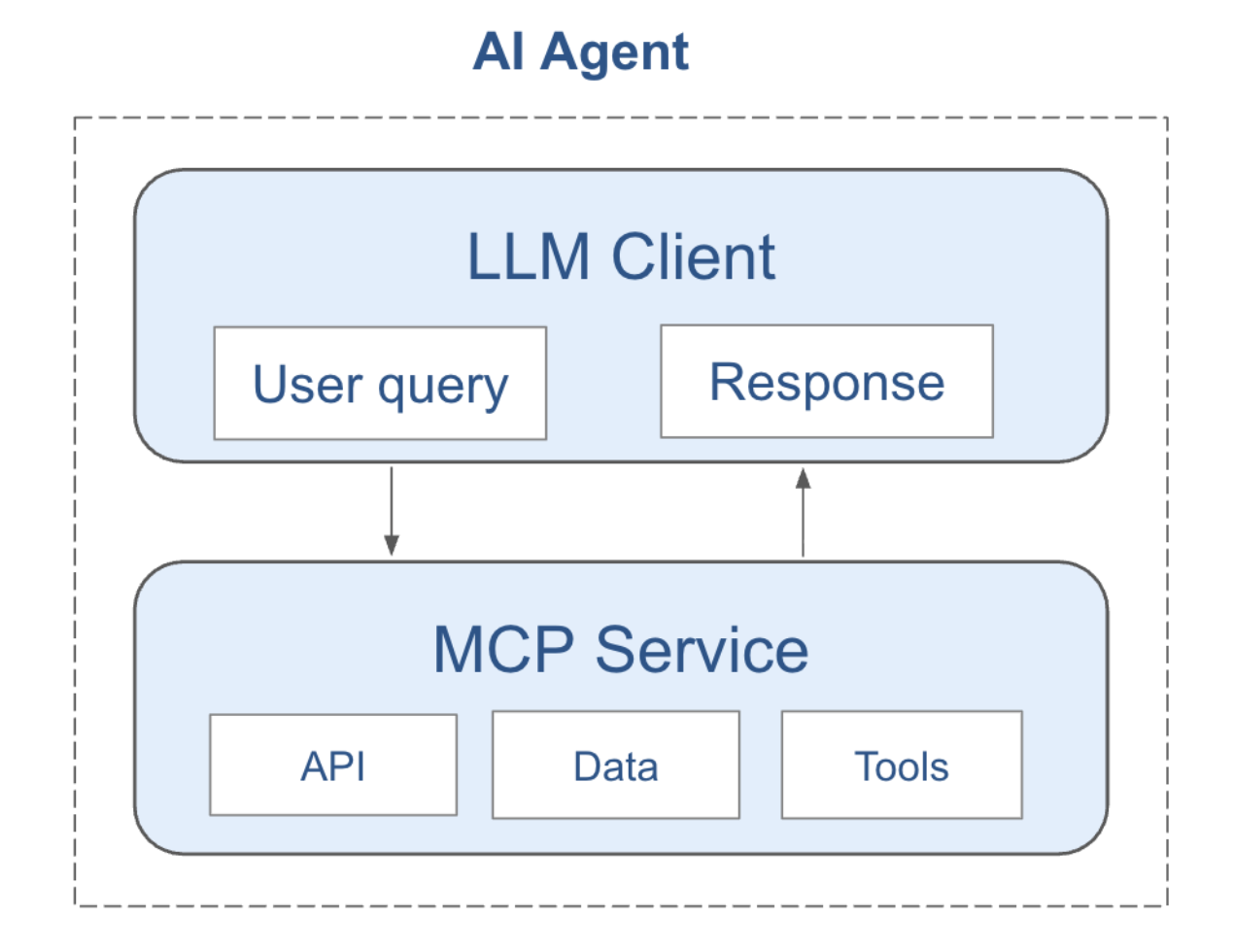
October 15, 2023
October 15, 2023
How well did Salient predict the recent floods in Europe and China?
.jpg)
Extreme weather events like the recent floods in Europe and China have historically been nearly impossible to forecast with any accuracy at long lead times. Regular dynamical forecasting models can begin to pick up a significant precipitation event at about one week ahead, but do poorly at timescales of one month or more into the future. Salient has constructed machine learning models that perform much better, using a suite of oceanic and atmospheric variables. Here, we show a comparison between one-month-ahead forecasts of precipitation anomalies from our ML models against the dynamical forecast of NOAA’s GFS model for Europe and China, along with the actual rainfall pattern for the recent flood days in question (July 14, 2021 for Europe, and July 20-21, 2021 for China).
Europe - July 14, 2021

Clearly, Salient performed much better in forecasting above-normal rainfall for that week from one month ahead, while GFS was forecasting below-normal rainfall. Below, we show comparable figures for the flooding in China one week later.
China - July 20-21, 2021

Once again, Salient’s models accurately forecast well-above-normal rainfall, while the GFS models predicted much drier or near-normal conditions. Salient’s models consistently do much better than GFS at these sub-seasonal time scales. Salient first proved this in the sub-seasonal Climate Forecast Rodeo for the US West and confirmed it again in the Rodeo II competition. Our present models perform even better than the contest winners (and improve every day), and we continue to add forecast dimensions, such as a unique view of the probability distribution of the forecasts for future rainfall. Such plots are particularly useful for these two flood events.
Figure 3.a (below) shows the probability distribution from the ensemble forecasts for a site in Germany from the forecast date 4 weeks ahead. Note that the flood date of July 14 was a period when there was an exceptionally high chance of a high rainfall event. Figure 3.b shows the comparable plot from The NOAA GFS model, which actually forecast below-normal rain for that week.


Similar plots are shown below in Figures 4.a and 4.b for Henan, China. The flood days of July 20-21 were clearly in a period of an increased chance of high rainfall in the Salient Predictions model. The ensemble model forecast will always tend to avoid such extremes, but the probability distribution plots that we provide can show when an unusually strong rain event is possible, and thus enable planners to be better prepared for the potential damages a month or more ahead of time.


The actual impact of increased rainfall – and the factors that lead to flooding – in any area depend greatly on local topography and soil conditions. Hilly terrain will concentrate rain into streams and rivers, which can suddenly overflow their banks and wreak havoc on homes, cars and infrastructure in cities and towns. Hillsides that have been denuded by wildfire can experience landslides in the absence of stabilizing vegetation. These hazards to society, and the risks they pose to businesses, can be better anticipated with customized long-range rainfall forecasts from Salient Predictions, which have been repeatedly proven to be superior to all other products on the market.
October 15, 2023
October 15, 2023
How well did Salient predict the recent floods in Europe and China?
.jpg)
Extreme weather events like the recent floods in Europe and China have historically been nearly impossible to forecast with any accuracy at long lead times. Regular dynamical forecasting models can begin to pick up a significant precipitation event at about one week ahead, but do poorly at timescales of one month or more into the future. Salient has constructed machine learning models that perform much better, using a suite of oceanic and atmospheric variables. Here, we show a comparison between one-month-ahead forecasts of precipitation anomalies from our ML models against the dynamical forecast of NOAA’s GFS model for Europe and China, along with the actual rainfall pattern for the recent flood days in question (July 14, 2021 for Europe, and July 20-21, 2021 for China).
Europe - July 14, 2021

Clearly, Salient performed much better in forecasting above-normal rainfall for that week from one month ahead, while GFS was forecasting below-normal rainfall. Below, we show comparable figures for the flooding in China one week later.
China - July 20-21, 2021

Once again, Salient’s models accurately forecast well-above-normal rainfall, while the GFS models predicted much drier or near-normal conditions. Salient’s models consistently do much better than GFS at these sub-seasonal time scales. Salient first proved this in the sub-seasonal Climate Forecast Rodeo for the US West and confirmed it again in the Rodeo II competition. Our present models perform even better than the contest winners (and improve every day), and we continue to add forecast dimensions, such as a unique view of the probability distribution of the forecasts for future rainfall. Such plots are particularly useful for these two flood events.
Figure 3.a (below) shows the probability distribution from the ensemble forecasts for a site in Germany from the forecast date 4 weeks ahead. Note that the flood date of July 14 was a period when there was an exceptionally high chance of a high rainfall event. Figure 3.b shows the comparable plot from The NOAA GFS model, which actually forecast below-normal rain for that week.


Similar plots are shown below in Figures 4.a and 4.b for Henan, China. The flood days of July 20-21 were clearly in a period of an increased chance of high rainfall in the Salient Predictions model. The ensemble model forecast will always tend to avoid such extremes, but the probability distribution plots that we provide can show when an unusually strong rain event is possible, and thus enable planners to be better prepared for the potential damages a month or more ahead of time.


The actual impact of increased rainfall – and the factors that lead to flooding – in any area depend greatly on local topography and soil conditions. Hilly terrain will concentrate rain into streams and rivers, which can suddenly overflow their banks and wreak havoc on homes, cars and infrastructure in cities and towns. Hillsides that have been denuded by wildfire can experience landslides in the absence of stabilizing vegetation. These hazards to society, and the risks they pose to businesses, can be better anticipated with customized long-range rainfall forecasts from Salient Predictions, which have been repeatedly proven to be superior to all other products on the market.
About Salient
Salient combines ocean and land-surface data with machine learning and climate expertise to deliver accurate and reliable subseasonal-to-seasonal weather forecasts and industry insights—two to 52 weeks in advance. Bringing together leading experts in physical oceanography, climatology and the global water cycle, machine learning, and AI, Salient helps enterprise clients improve resiliency, increase preparedness, and make better decisions in the face of a rapidly changing climate. Learn more at www.salientpredictions.com and follow on LinkedIn and X.



